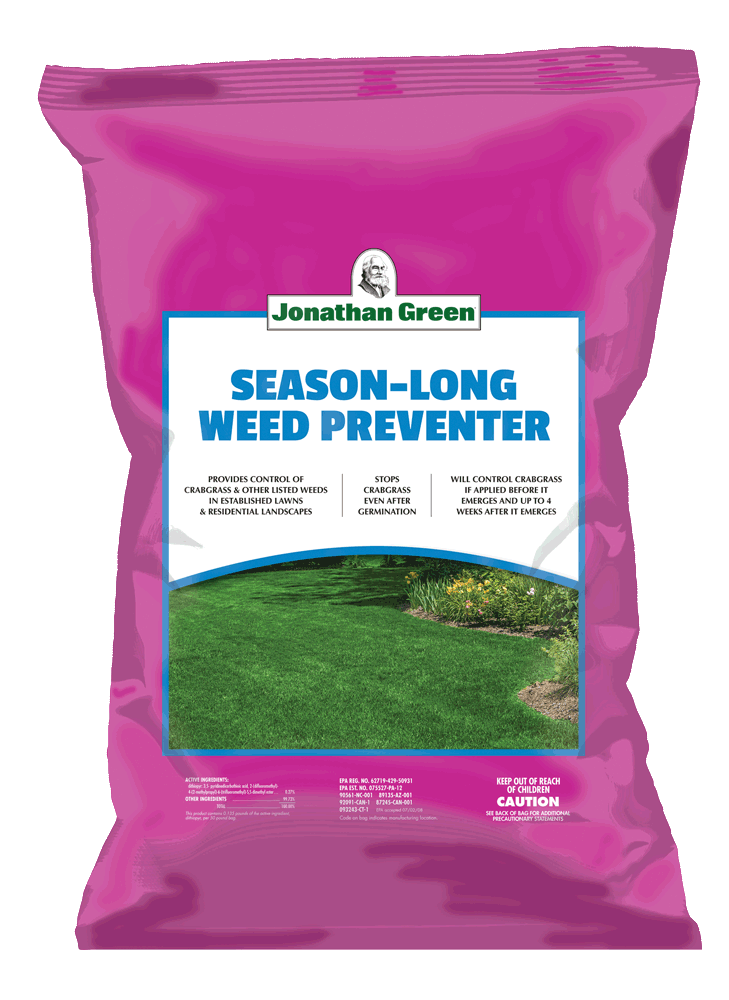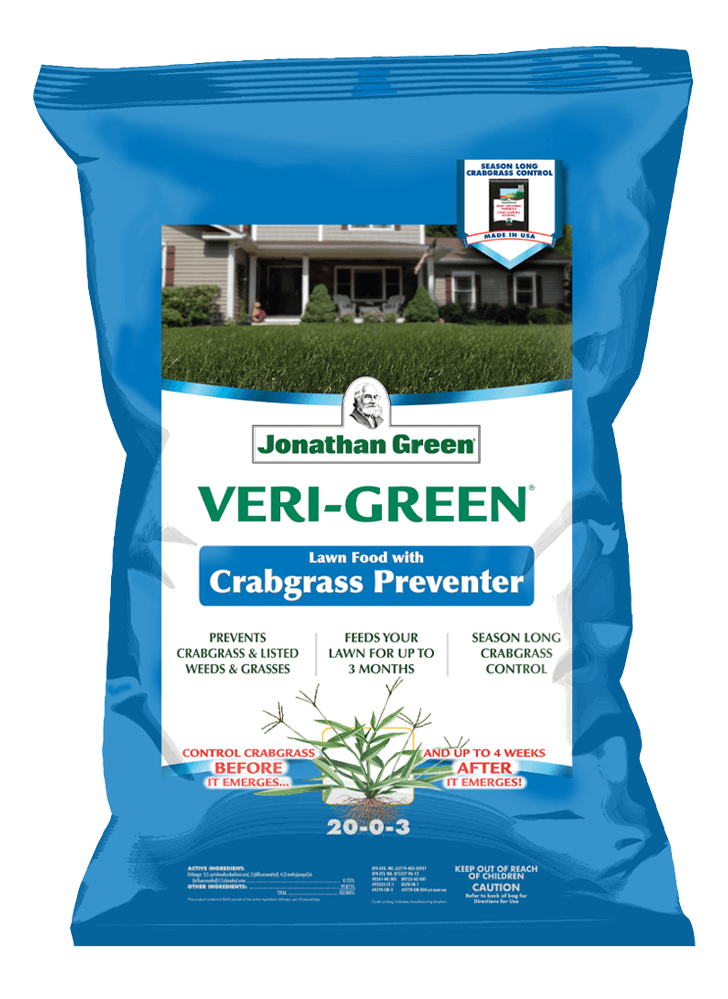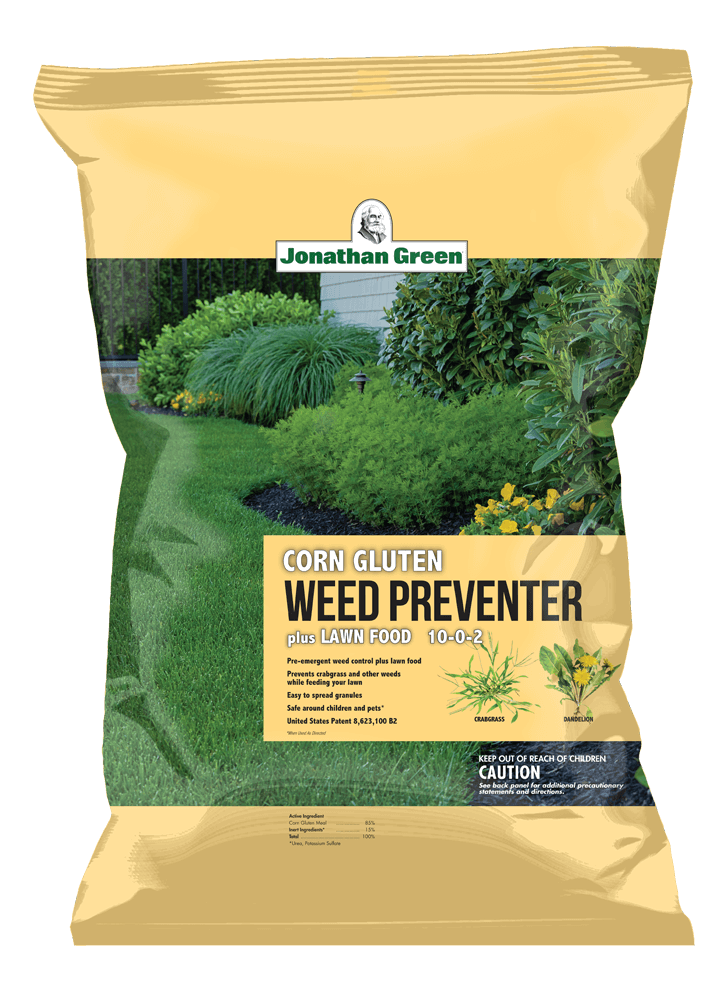Finding crabgrass in your lawn can be equally frustrating and overwhelming, as it can quickly take over a healthy lawn if left untreated. Crabgrass is a warm-season annual grassy weed that grows in the thinning areas of your lawn. The unique name for this opportunistic plant comes from its thick, unsightly leaves that grow outward and resemble crab legs. To get a crabgrass problem under control, it is important to understand its life cycle. This will help you to choose the proper weed control method and correctly time the application.
Crabgrass Life Cycle
Crabgrass has a life cycle of one year, beginning in the spring. The seeds from this annual weed begin to germinate in early spring to late summer when soil temperatures reach up to 55°F for four to five consecutive days. Once crabgrass seeds germinate, they begin the stages of leaf growth, starting with one leaf. After the crabgrass has grown to the fourth or fifth stage of leaf growth, it begins to “tiller” or branch off of the leaves. Finding and treating crabgrass found in its first few leaf stages can help to slow the progression of a severe infestation. The crabgrass plant becomes more difficult to treat once it reaches seven tillers and beyond.
The growth of crabgrass begins to slow down between mid-summer to late fall and eventually dies off after the first fall frost. This is not the end of a crabgrass problem, however, as the plant produces thousands of seeds in the fall that shed and lay dormant in the soil until temperatures rise again in the spring. Crabgrass thrives in hot, dry weather conditions, so it’s important to begin prevention methods in the spring before they have a chance to germinate.


Fun fact: One crabgrass plant can produce over 150,000 seeds!
How To Get Rid Of Crabgrass
There are a few methods for getting rid of crabgrass. If you find crabgrass before it has produced seeds, you can pull the crabgrass by hand. Use a weed puller tool to remove the plant by digging deep into the soil under its roots. Make sure you have removed the entire plant and disposed of it properly to ensure the seeds don’t spread.
If you find crabgrass after it has germinated, it’s best to either wait until the plant dies off in the fall or alternatively you can apply an herbicide that provides post-emergent control. When using herbicides, it’s always important to carefully read and follow all label instructions, as you can risk burning or killing your grass. If you catch your crabgrass in the early stages of life (up to the three-leaf stage) you can use Jonathan Green Season Long Weed Preventer or Veri-Green Crabgrass Preventer plus Lawn Fertilizer if you also want some extra greening.
Getting rid of crabgrass altogether can be difficult, as crabgrass seeds germinate over the course of many months and is usually a recurring problem. If you have a large amount of crabgrass or you find you’re still having a crabgrass problem even after an initial application in the spring, apply Season Long Weed Preventer again from mid-May to late June. This will help prevent any new seeds from getting the chance to germinate.
How To Prevent Crabgrass
To prevent crabgrass from germinating in the spring, you should apply a pre-emergent prior to seeding. It is important to get the timing right when it comes to crabgrass prevention, as you can’t apply pre-emergent herbicides while seeding or sodding.
A good way to know when to apply pre-emergent is by paying attention to soil and air temperatures. Aim to get a pre-emergent application in before soil temperatures reach between 50 – 55°F for four to five consecutive days. You can measure your soil temperature by using a soil thermometer. Apply Jonathan Green Veri-Green Crabgrass Preventer plus Lawn Fertilizer to a dry lawn in early spring (late February to mid-April) when your air temperatures reach 65°F.
The active ingredient in this product is Dimension, which is a pre-emergent herbicide that will create a barrier on the soil’s surface once it’s properly applied and watered in. This barrier prevents grassy weed seeds, and turfgrass seeds from germinating, which is why you cannot seed immediately before or three months after applying this product. If this barrier is broken by heavy traffic, dogs digging holes, or other disturbances, crabgrass plants can break through.
Another way to prevent crabgrass is by using natural crabgrass control. Using a product with corn gluten, such as Jonathan Green Corn Gluten Weed Preventer plus Lawn Food, can help to slow the progression of root growth in crabgrass seedlings. It is most effective when applied prior to seed germination and provides the added benefit of a gentle feeding to help green up your lawn in spring. Some additional benefits of organic weed control are that it is all-natural, great for the environment, and safe to use around kids and pets!
Mentioned Products
The best way to prevent crabgrass and other lawn offenders is by maintaining a healthy, thick, green lawn with pH-balanced soil. This is going to be your key line of defense to prevent crabgrass from getting the chance to grow to maturity and jeopardize the health of your lawn.
Keeping a regular lawn water schedule (1 to 1.5 inches per week) and watering deeply (six-eight inches can also help to maintain a healthy lawn to prevent crabgrass. Lastly, we suggest keeping your mower height high in summer to reduce stress on your grass plants.
Conclusion
Even with the best lawn care routine, you may still find crabgrass in your yard. By being proactive, however, you can prevent crabgrass from taking over your lawn. While post-emergent herbicides are effective, prevention is key! The best way to prevent crabgrass from becoming a recurring problem is by maintaining a thick, healthy lawn all year round!
For more tips and tricks on maintaining a beautiful lawn, check out our Library of articles!


